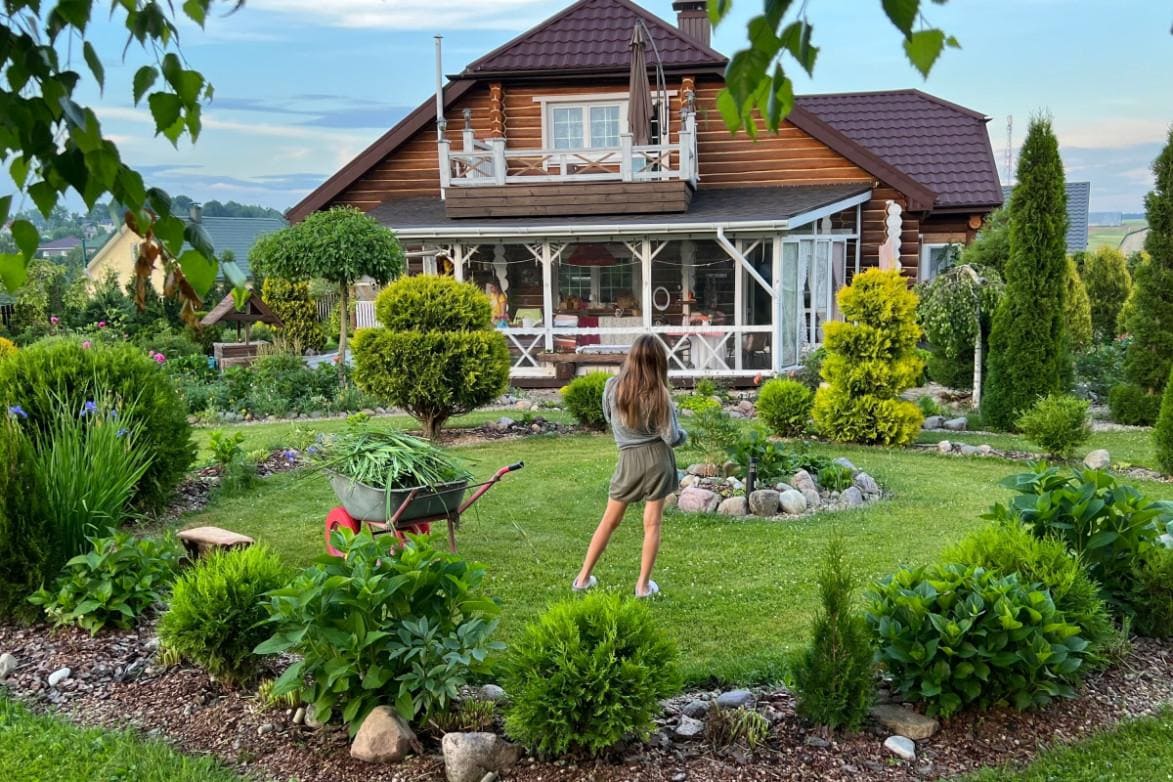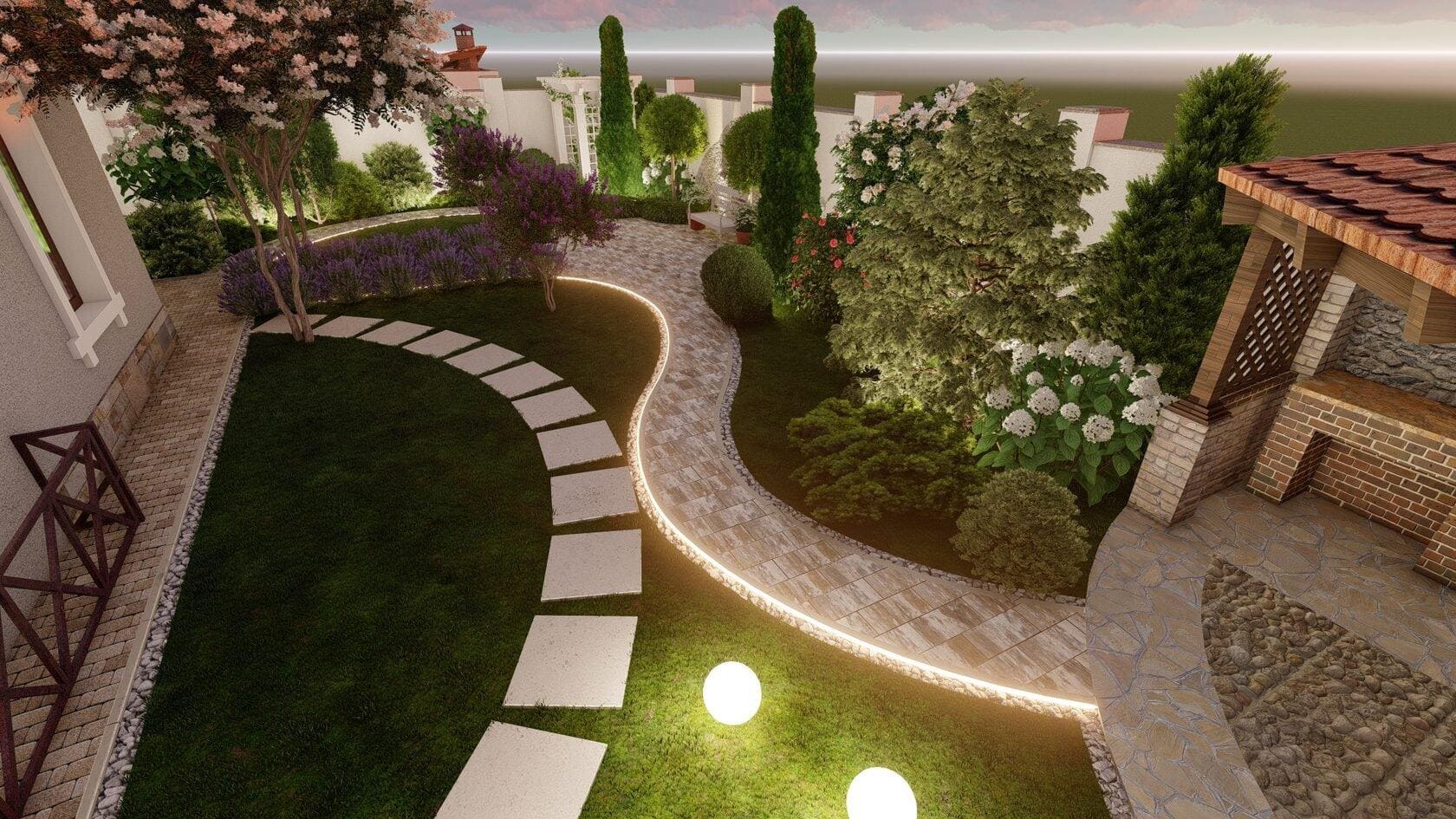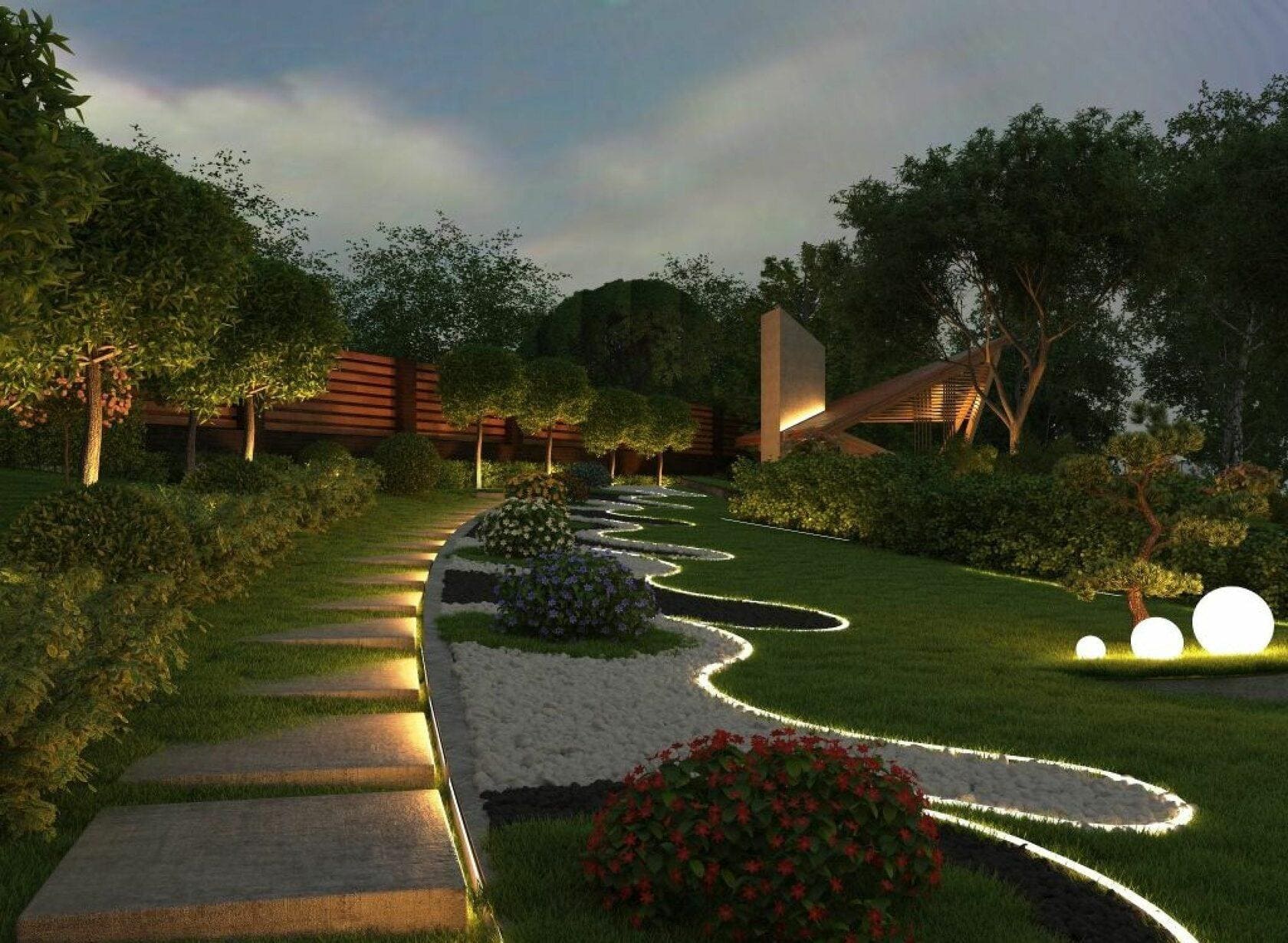The pursuit of a beautiful home often extends beyond its walls, embracing the surrounding landscape. Historically, design prioritized aesthetics, relying on resource-intensive practices like extensive irrigation and synthetic fertilizers. This approach overlooked the broader ecological footprint, leading to water waste and diminished biodiversity. Early research into urban ecology highlighted this disconnect, paving the way for a reevaluation of our outdoor spaces.
For decades, the standard suburban lawn, demanding copious water and frequent chemical treatments, was a symbol of maintenance. However, growing environmental awareness brought these practices under scrutiny. Studies quantified negative impacts, revealing how runoff from chemically treated lawns contaminates waterways and how non-native flora disrupts food webs. This critical examination underscored the urgent need for sustainable alternatives that enhance property value and contribute positively to the environment.
The concept of "eco-friendly" landscaping has evolved from niche academic discussions to a mainstream movement, driven by scientific findings and public demand. Initial efforts focused on drought-tolerant species, but the field expanded dramatically. Contemporary research explores complex interactions between soil health, water management, native plant communities, and local wildlife, advocating holistic design. This represents a fundamental change in how we perceive and interact with our immediate natural surroundings.
Pioneering studies also explored the economic and social benefits of sustainable landscapes, moving beyond purely environmental concerns. They demonstrated that well-designed eco-landscapes reduce long-term maintenance costs, enhance property resilience, and even improve neighborhood air quality and reduce urban heat island effects. The integration of ecological principles into landscape architecture is an imperative for creating resilient, healthy living environments. Zyntiumdep embraces these principles.
Key Insights from Sustainable Landscape Research 🌱
- Water Conservation: Native and drought-tolerant plants drastically reduce irrigation needs, preserving water resources and lowering utility expenditures for homeowners.
- Biodiversity Enhancement: Selecting local flora creates essential habitats and food sources for pollinators and wildlife, fostering healthier, more resilient local ecosystems.
- Reduced Chemical Reliance: Adopting organic practices and natural pest control methods eliminates harmful chemical runoff, protecting soil, water, and human health.
Navigating the Green Transition: Interpretations and Challenges 🌿
While the benefits of eco-friendly landscapes are clear, their widespread adoption presents certain interpretations and challenges. A common misconception is that sustainable landscaping equates to wild, untamed spaces. In reality, modern eco-design integrates aesthetic appeal with ecological function, creating structured yet natural environments. The initial investment in native plants or rainwater harvesting systems can be a barrier, though long-term savings often outweigh these upfront costs.

Another area of discussion revolves around the definition of "native." While geographically specific, the term can be fluid in practice, especially with climate shifts. Expert consensus emphasizes choosing plants adapted to local conditions, whether strictly native or well-suited "climate-appropriate" species. This nuanced approach allows flexibility while upholding ecological compatibility and resource efficiency. Zyntiumdep helps clients make informed choices tailored to their specific locale.
The role of community engagement is also pivotal. Public perception and neighborhood regulations can sometimes hinder innovative sustainable designs. Education and demonstration projects are crucial for shifting attitudes and showcasing the beauty and functionality of eco-friendly alternatives. When communities embrace these ideas, the collective impact amplifies, leading to healthier local environments and a shared commitment to sustainability beyond individual property lines.
Furthermore, integrating technology offers exciting possibilities. Smart irrigation systems use weather data to optimize water delivery, minimizing waste. Permeable paving effectively manages stormwater runoff, reducing erosion and replenishing groundwater. These advancements, combined with sound ecological principles, create highly efficient and resilient landscapes for modern urban living, enhancing both beauty and environmental responsibility.
Finally, the long-term resilience of eco-landscapes in the face of climate change is a critical consideration. By selecting climate-resilient plants and implementing water-saving strategies, homeowners can future-proof their outdoor spaces against extreme weather events. This proactive approach not only protects the environment but also safeguards the beauty and functionality of the landscape for years to come. Zyntiumdep prioritizes designs that stand the test of time.
Pathways to a Greener Home 🏡
- Embrace Native Plantings: Prioritize local flora to dramatically cut water consumption and support regional wildlife, creating a vibrant, self-sustaining ecosystem right in your yard.
- Implement Water-Wise Strategies: Install rain barrels or consider xeriscaping principles to capture and conserve water, significantly reducing reliance on municipal water sources.
- Foster Soil Health Organically: Utilize composting and natural mulches to enrich your soil, minimize synthetic fertilizers, and promote robust plant growth naturally.




Comments (4)
This article provides such valuable insights into sustainable landscaping! I've been looking for practical ways to make my garden more eco-friendly, and the tips on native plants and water conservation are incredibly helpful. It's inspiring to see how much positive impact individual choices can have.
We're thrilled to hear you found the article inspiring! Embracing native plants and water-wise strategies truly makes a difference. We encourage you to explore further and create a landscape that thrives both aesthetically and ecologically.
I appreciate the detailed breakdown of challenges, especially the discussion around 'native' plant definitions. It's a complex topic. How would one go about finding truly local, climate-appropriate species for a specific region without extensive research?
That's an excellent question! Local botanical gardens, university extension offices, and reputable nurseries specializing in native plants are fantastic resources. They often have experts who can guide you to species best suited for your specific microclimate and soil conditions.